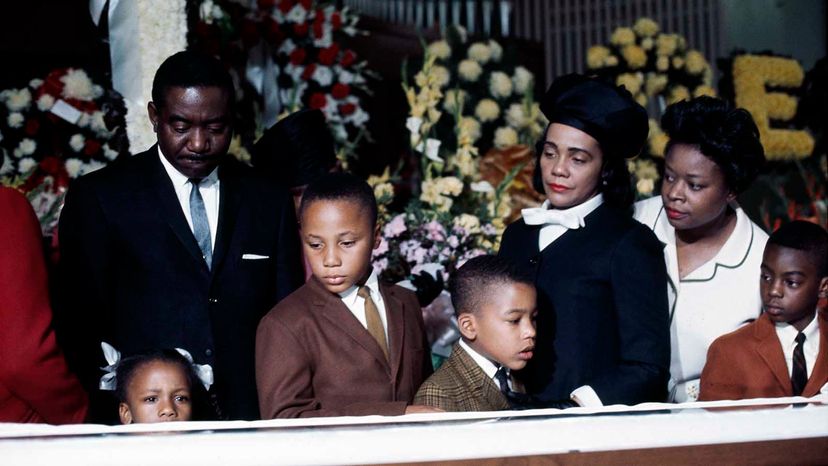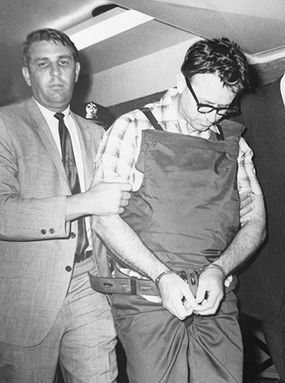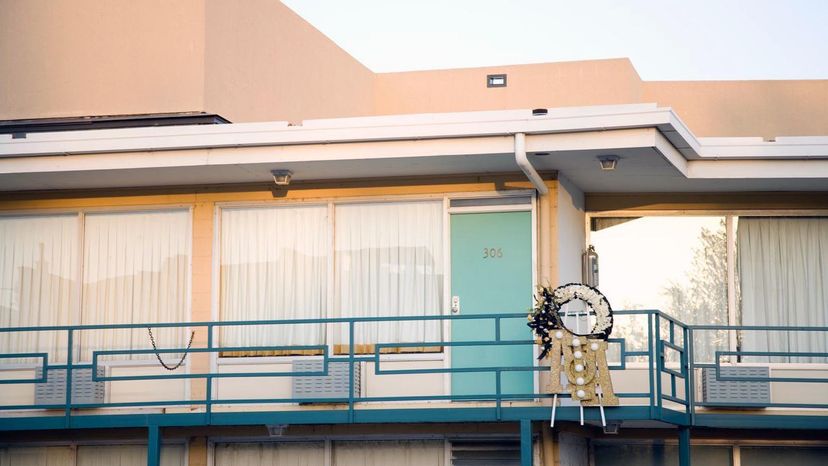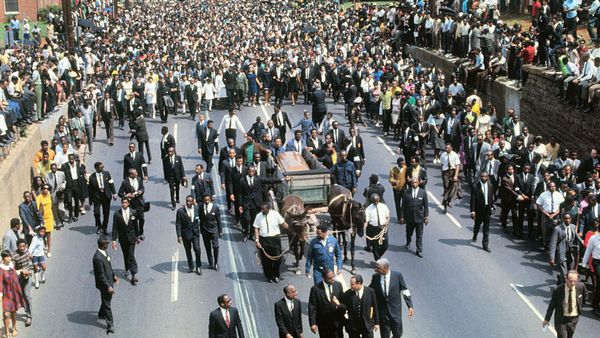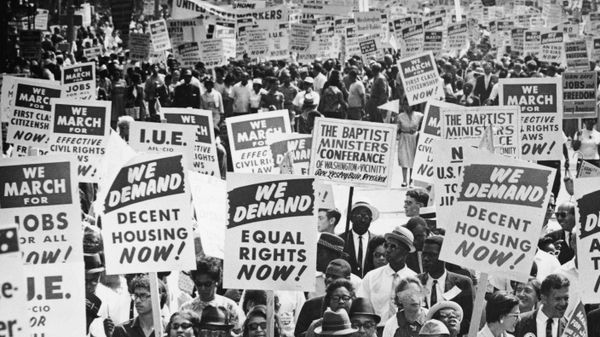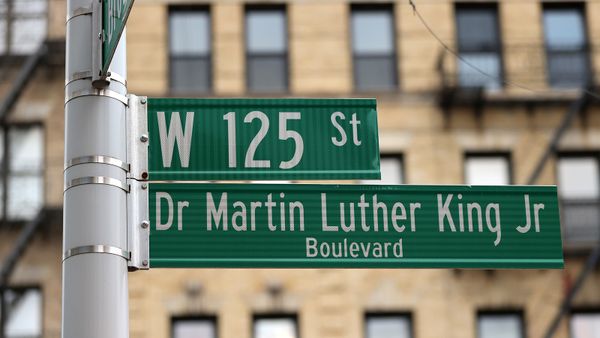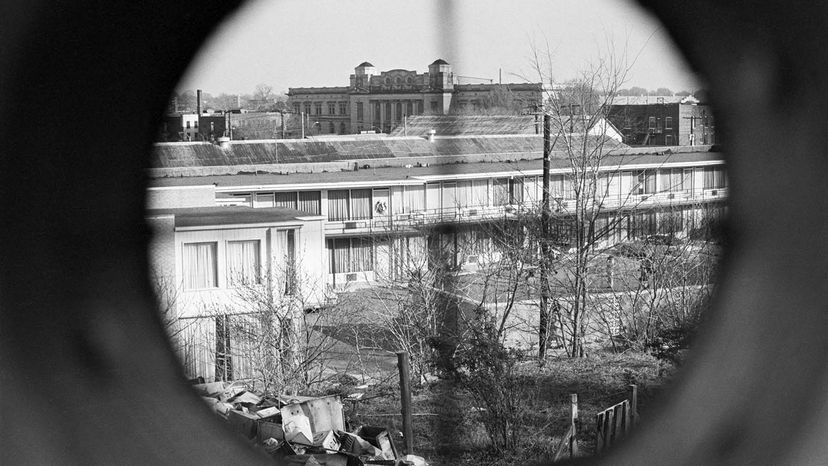
Key Takeaways
- Martin Luther King Jr.'s assassination remains shrouded in mystery and controversy, with questions surrounding whether James Earl Ray acted alone or as part of a larger conspiracy.
- Despite official findings pointing to Ray as the lone gunman, various theories persist, including claims of government involvement, Mafia connections and additional triggermen.
- The National Civil Rights Museum at the Lorraine Motel presents both sides of the debate, allowing visitors to draw their own conclusions about the events leading to King's tragic death.
On April 3, 1968, the night before he was murdered, Martin Luther King Jr. spoke before a rapturous crowd in a packed church in Memphis, Tennessee. The speech, "I've Been to the Mountaintop," is one of the most quoted in the famed preacher's career.
In the roughly 43-minute address, an exhausted, under-the-weather King — he initially had asked his friend, the Rev. Ralph David Abernathy, to fill in for him, but later relented — covered many of the topics that had made him the foremost civil rights figure of the time. But it's the way King wrapped up his speech that is perhaps best known now, more than 50 years after his death.
Advertisement
King, who had traveled from his home in Atlanta earlier in the day to support sanitation workers involved in a bitter strike against the city, finished his speech to the crowd at the Mason Temple Church of God in Christ like this:
He concluded in a crescendo: "And so I'm happy tonight. I'm not worried about anything. I'm not fearing any man. Mine eyes have seen the glory of the coming of the Lord."
Did Martin Luther King Jr. know his assassination was imminent? That's one of a myriad of questions that have flourished in the years since King's murder, a death that now sometimes threatens to overshadow the civil rights icon's considerable legacy.
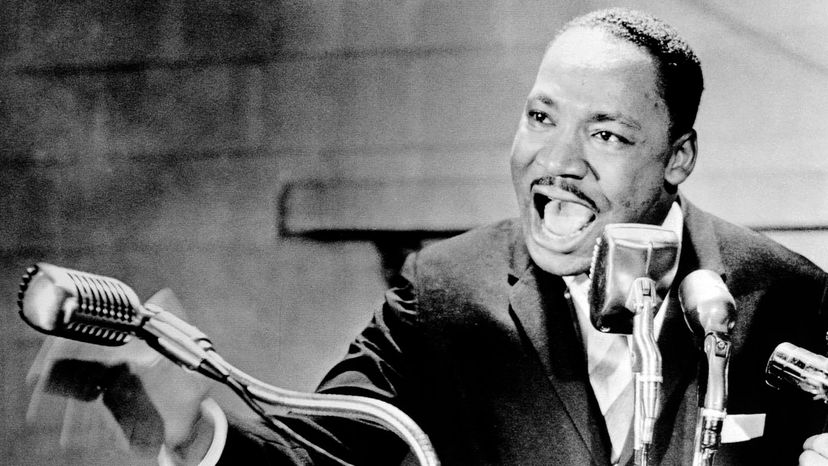
Advertisement
